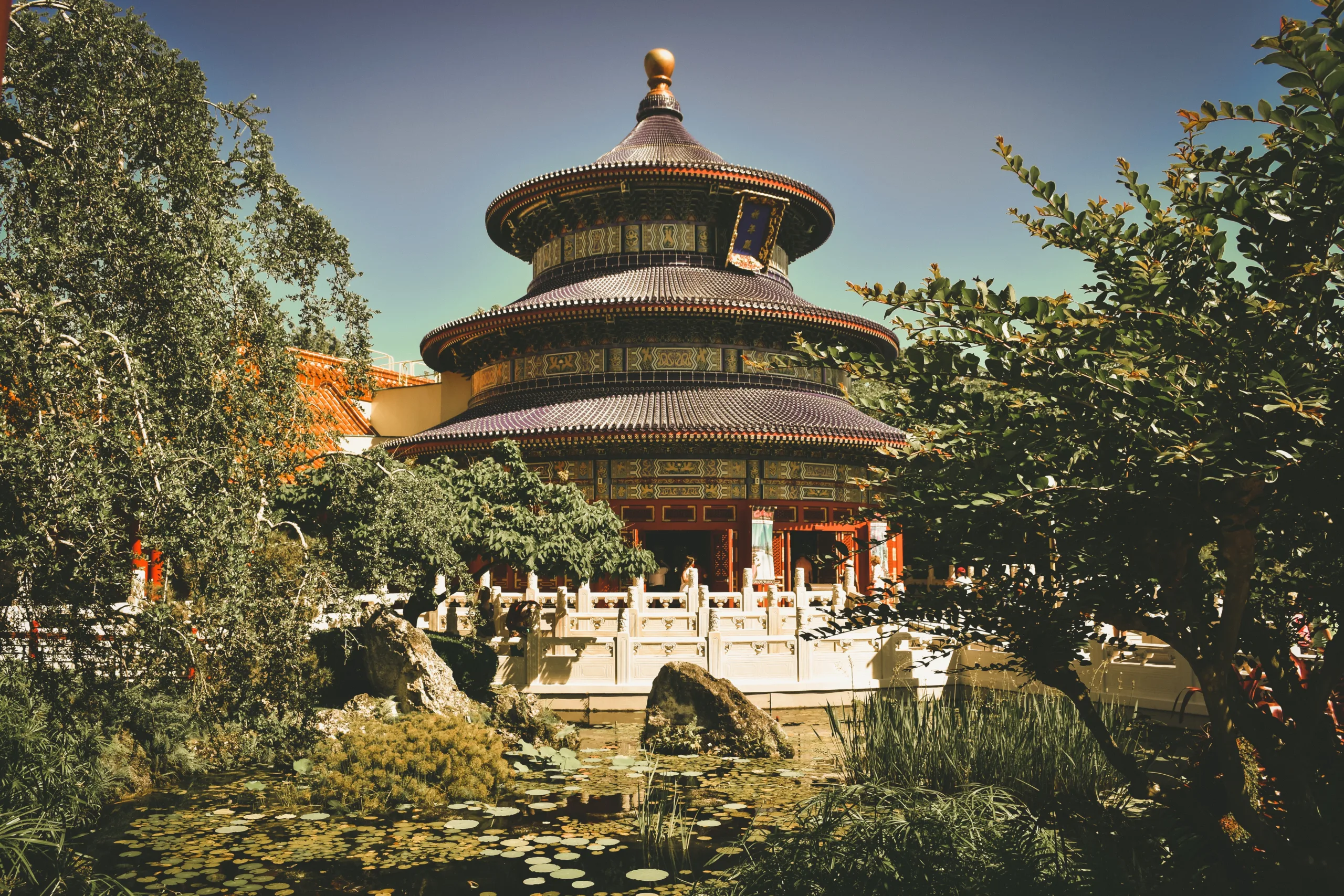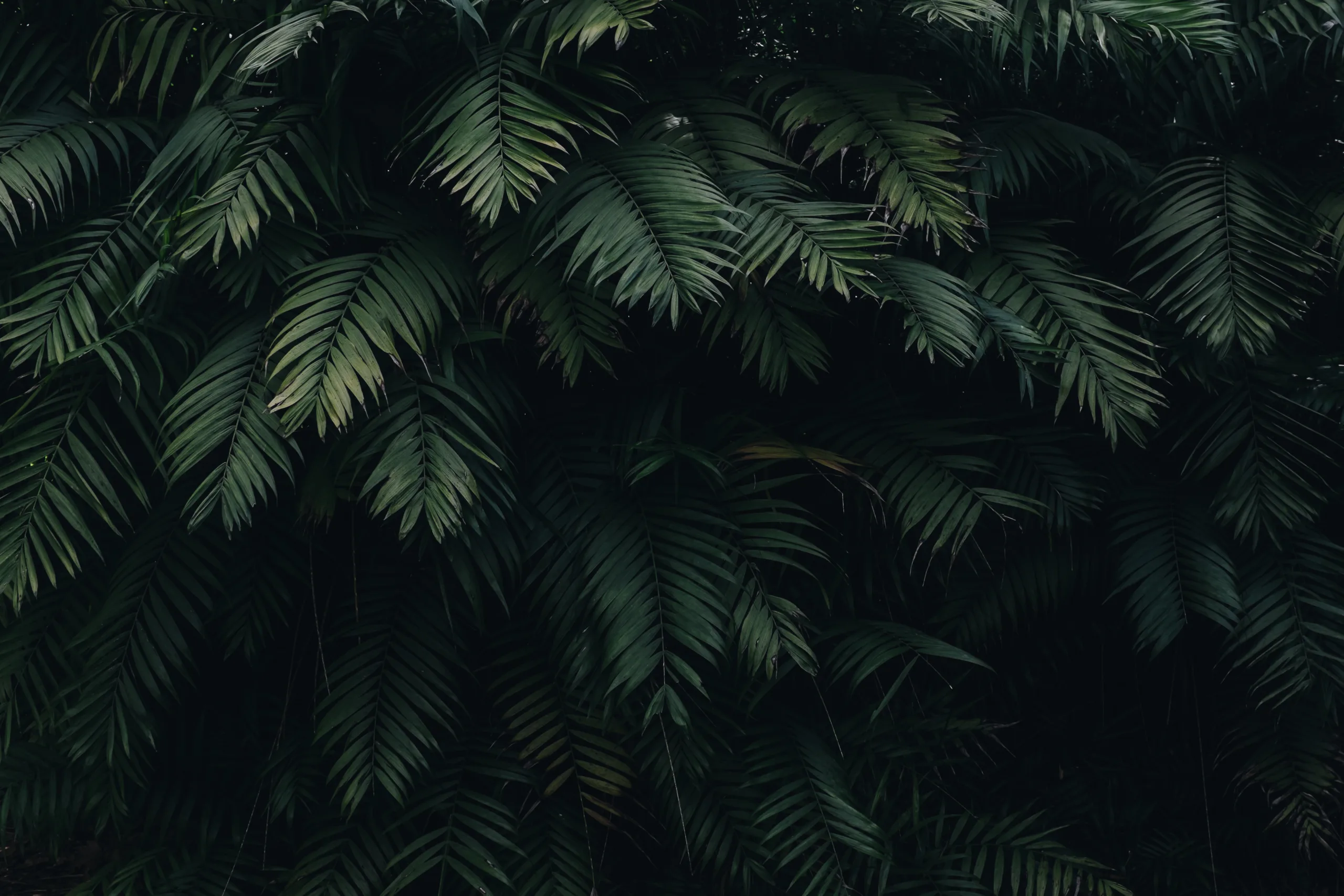Are you looking for the best trees to plant in Florida?
With its unique climate and landscape, Florida is home to some of the most beautiful trees. From fast-growing pine trees to majestic palm trees, there are plenty of options to choose from. But with so many varieties, it can be difficult to know which ones will grow best in your area. That’s why we’ve put together this guide on the best trees to plant in Florida. We’ll cover everything from shade-tolerant species to drought-resistant varieties and more, so you can find the perfect tree for your yard.
Read on to learn more about the best trees to plant in Florida!When it comes to types of trees suitable for Florida, some of the best choices include Live Oak, Bald Cypress, Red Maple, Southern Magnolia, and Loblolly Pine. These trees are all well-suited for the warm and humid climate of Florida and can provide a variety of benefits such as shade, beauty, and improved air quality.
Benefits Of Planting Trees In Florida
Trees do not just add beauty to our landscapes, they also provide essential benefits to the environment. Planting trees in Florida can help promote healthy ecosystems, reduce air pollution and provide a habitat for animals. Trees also provide shade from the sun and can help reduce energy costs by blocking out the heat. Here are some of the main benefits of planting trees in Florida.
One of the most important benefits of planting trees in Florida is their ability to reduce air pollution. Trees absorb carbon dioxide from the air and release oxygen as a by-product, helping to improve air quality. They also trap dust and other pollutants, reducing their concentration in the atmosphere. By planting trees in areas with high levels of air pollution, we can help make our environment healthier.
Trees also play an important role in promoting healthy ecosystems. They provide food and shelter for birds, insects, and other animals. They are also essential for providing shade and shelter from wind and rain, allowing wildlife to thrive in their natural habitats. By planting trees in Florida, we can help create habitats that will help sustain local wildlife populations.
Trees also provide many aesthetic benefits to an area. They add color, texture and interest to a landscape, creating beautiful outdoor spaces where people can relax and enjoy nature’s beauty. In addition to making outdoor spaces more attractive, trees also act as an effective sound barrier against noise pollution.
Finally, planting trees in Florida can be beneficial for reducing energy costs as well. Trees act as natural insulators, blocking out heat from the sun during hot summer months and trapping warm air during cold winter months. By planting deciduous trees that have wide branches close to buildings or homes, we can reduce energy costs associated with heating or cooling a space.
Overall, there are many benefits of planting trees in Florida that make it an excellent choice for improving our environment and providing aesthetic beauty to our landscapes. Planting trees helps protect wildlife habitats, reduce air pollution and improve air quality while also providing shade during hot summer months and trapping warm air during cold winter months – all while making outdoor spaces more attractive.
The Best Time To Plant Trees In Florida
Planting trees in Florida can be a great way to enhance the beauty and value of your property. However, timing is essential for success. Trees planted at the wrong time may suffer from heat stress, inadequate moisture, or even die. Knowing when to plant trees in Florida is vital for achieving the best results.
In general, the best time to plant trees in Florida is during the cooler months of the year, from late November through early March. During this time, temperatures are milder and there is more chance of rainfall than during the hot summer months. Planting in spring also allows trees to get established before summer’s heat and dryness arrives.
It’s important to remember that different types of trees have different requirements when it comes to planting times. Some trees prefer cooler temperatures while others are better suited for warmer weather. It’s a good idea to research each type of tree you plan on planting in order to determine when it should be planted for optimal growth and health.
Trees should also be planted with plenty of space between them so that they don’t become overcrowded as they mature. This space will give them room to grow and will help ensure that each tree gets adequate light, air circulation, and water access as needed.
Finally, it’s important to properly prepare the soil before planting any type of tree in Florida’s sandy soil conditions. Adding organic matter such as compost or peat moss will help improve drainage and provide necessary nutrients for healthy tree growth. Making sure you have well-prepared soil before planting your trees can make a huge difference in their success rate.
By paying attention to these tips on timing and preparation, you can ensure that your tree-planting efforts will result in healthy and beautiful plants that will bring enjoyment now and into the future!
Common Tree Species In Florida
Florida is home to many different species of trees, from the stately live oak to the towering palm. Some of the most common tree species in the Sunshine State include Southern red cedar, slash pine, loblolly pine, live oak, sweetgum, bald cypress, red maple, and laurel oak.
Southern red cedar is a medium-sized evergreen tree that grows to about 80 feet tall and has fan-like branches and reddish-brown bark. This type of tree is native to Florida and is commonly used for windbreaks or as an ornamental specimen in yards or parks.
Slash pine is also native to Florida and can reach heights up to 100 feet. This type of tree has short needles and round cones that are two to four inches long. It grows best in moist soils and is often found in wetland areas such as swamps and floodplains.
Loblolly pine is a fast-growing coniferous tree that can reach heights up to 120 feet tall. It has short needles with two sharp points at the end and long cones with scales that are thickly covered with pitch. Loblolly pines are commonly found throughout Florida’s forests and along roadsides due to their quick growth rate.
Live oak is one of the most iconic trees in Florida because of its large size and sprawling branches that can reach up to 60 feet wide when fully mature. Live oaks have leathery leaves with sharp points at the end and have acorns which serve as food for wildlife like squirrels and birds. This type of tree can live for hundreds of years if properly taken care of.
Sweetgum trees also have sharp pointed leaves but they have five lobes instead of three like live oaks do. Sweetgums grow best in moist soils near streams or ponds but can also be found in upland areas throughout Florida’s forests. They reach heights up to 90 feet tall with dark gray bark that exfoliates as it ages giving it a unique look when compared to other trees in the area.
Bald cypress trees are commonly found near freshwater wetlands like swamps or rivers throughout much of Florida’s landscape due to their ability to tolerate wet conditions better than other types of trees. Bald cypresses have flat needles with small round cones on them that remain on the branches even after they mature giving them an evergreen look throughout the year.
Red maples are another common species found throughout Florida’s forests due to their ability to tolerate both wet and dry conditions making them very versatile when it comes to soil types. Red maples usually reach heights between 40-60 feet tall with leaves that turn bright red during autumn providing a beautiful contrast against green foliage during this time.
Finally, laurel oaks are another common species found around much of Florida due to their drought tolerance capabilities making them a great choice for landscaping projects or for those looking for shade from hot summer sunrays without having too much maintenance required over time.
Overall, there are many different species of trees found throughout much of Florida’s landscape ranging from evergreen conifers like slash pine and loblolly pines all the way through deciduous hardwoods like sweetgum, laurel oaks, red maples, and live oaks making it easy for everyone living in this beautiful state find something suitable for any yard or park they may be looking into planting!
Tree Selection
When selecting trees for planting in Florida, it is important to choose ones that are well-suited to the region’s climate. There are a variety of trees that can be successful in Florida, including the live oak, longleaf pine, southern magnolia, and bald cypress. It is important to research which varieties are best for the specific location and soil conditions of your property.
Soil Preparation
The soil should be prepared by removing any weeds or grass and loosening up the soil with a shovel or spade before planting. If the soil is too sandy or too clay-like, it can be amended with compost or mulch to improve drainage and aeration.
Planting
When ready to plant, dig a hole that is at least twice as wide as the root ball of the tree. Place the tree in the hole and backfill with soil around the roots while lightly packing it down so there are no air pockets. Water thoroughly after planting to help settle the roots into their new home.
Staking
If necessary, you may want to stake young trees for added stability until they become established. Use two stakes for each tree with wire attached loosely between them; avoid using rope as this can damage branches over time. Remove stakes after about one year when trees become firmly rooted in place.
Mulching
Mulching around your tree is beneficial for keeping moisture in and providing protection from weeds and lawn equipment damage; however, take care not to pile mulch up against the trunk of a tree as this can lead to rot and disease problems down the road.
Pruning & Fertilizing
It is also important to prune any dead branches or suckers growing off of trunks right away as well as fertilize trees once a year during their active growing season for optimal health. Properly caring for your trees will ensure they thrive for years to come!

1. Climate
When planting trees in Florida, climate needs to be taken into consideration. Florida is known for its hot and humid summers and mild winters. Trees that are not well-suited to the climate will not thrive in Florida. Therefore, it is important to choose trees that are suitable for the climate, such as oaks, magnolias, and pines. It is also important to consider the amount of sunlight that each tree will receive when planting in Florida. Some trees require full sun while others can handle partial shade. Knowing the climate and light requirements of each tree will help ensure successful growth and development.
2. Soil Type
When planting trees in Florida, soil type should also be taken into consideration. The soil in Florida can vary greatly from sandy soils to heavy clay soils depending on where you live. Different types of trees require different types of soil to thrive so it is important to know what type of soil your tree needs before planting it. Additionally, it is important to make sure that the soil has adequate drainage so that water does not pool around the roots of the tree which can lead to root rot and other problems.
3. Space Requirements
It is also important to consider space requirements when planting trees in Florida. Depending on the type of tree being planted, some may need more room than others as they grow and develop over time. Make sure there is enough space between each tree so they have room to spread out their roots as they grow without competing with one another for resources such as water or nutrients from the soil.
4. Root Damage
Finally, root damage should be considered when planting trees in Florida. Roots can be easily damaged due to heavy machinery or construction activity nearby which can lead to stunted growth or even death for your tree if the damage is extensive enough. Therefore, it is important to make sure you are aware of any potential sources of root damage before you plant your trees so you can avoid any potential problems down the road.
Choosing the Right Tree for Your Garden in Florida
Choosing the right tree for your garden in Florida can be a daunting task. With so many different species of trees native to the state, it’s important to understand what each species offers and how it will fit into your garden. Here are some basic tips to help you choose the perfect tree for your Floridian garden.
First, consider what type of tree you’d like in your garden. Are you looking for something tall and stately? Or something short and compact? Knowing what kind of tree you’d like to have will help narrow down your choices.
Next, think about the size of the tree when it is fully grown. Some trees can grow very tall and wide, so make sure you have enough space for them to reach their full size. Also, keep in mind that some trees require a lot more maintenance than others, so if you don’t want to spend a lot of time pruning and caring for it, then choose a low-maintenance option.
It’s also important to consider the climate and soil conditions of where you live in Florida. Some trees may not thrive in certain climates or soil conditions, so make sure that whatever tree you choose is suited to where it will be planted. Researching specific species will help you make an informed decision about which one is best for your garden.
Finally, think about how long you want the tree to last. Some trees are short-lived while others can live for decades or even centuries if given proper care. If longevity is important to you then make sure you choose a long-lived species that will stand up against Florida’s changing weather patterns.
By taking these tips into consideration when choosing a tree for your Floridian garden, you should be able to find one that fits all of your criteria and will last for many years to come!
Common Tree Diseases And Pests Found In Florida
Tree diseases and pests can be a serious threat to the health and beauty of trees in Florida. Common tree diseases found in Florida include anthracnose, bacterial leaf scorch, root rot, and canker. These diseases spread quickly and can cause severe damage to tree foliage, bark, and roots. Anthracnose is a fungal disease that causes discoloration of leaves and twigs. It is often caused by wet weather conditions that promote the growth of the fungus. Bacterial leaf scorch affects large areas of tree foliage with dark brown or yellow spots that eventually turn into dead patches. Root rot is a fungal disease that affects the roots of trees, causing them to become weak and unable to absorb water and nutrients from the soil. Canker is another fungal disease that causes lesions on bark and branches which can lead to dieback or death of affected parts of trees if left untreated.
Pests are also a common problem for trees in Florida. Common pests found in Florida include aphids, scale insects, borers, webworms, caterpillars, mealybugs, moths, beetles, grasshoppers, sawflies, nematodes, and whiteflies. These insects feed on leaves or sap from trees resulting in discoloration or defoliation which can weaken the tree leading to other problems such as disease or death. Insect infestations should be treated promptly with an appropriate insecticide to prevent further damage to your trees.

Conclusion
Florida has a wide variety of trees that can be planted in the state, from citrus to oak and palm trees. They all have unique characteristics that make them suitable for different settings. While there is no one tree that is best for all conditions, some of the most popular trees to plant in Florida include citrus, red maple, live oak, and sabal palm.
Citrus trees are great for providing shade in yards and gardens as well as a source of edible fruit. Red maples are fast-growing trees that provide brilliant fall color and can tolerate wet soils. Live oaks are strong and long-lived trees that provide dense shade and are great for coastal settings. And sabal palms are beautiful accent plants with fan-shaped fronds that create a tropical feel.
When selecting a tree to plant in Florida, it is important to consider the environment where it will be grown as well as its growth rate, mature size, and other characteristics. With careful consideration of these factors, anyone can find the perfect tree to plant in their Florida landscape.

My interest in trees started when I first saw the giant sequoias in Yosemite.
I was a teenager then, and I remember thinking, “I need to learn more about this.”
That moment stuck with me.
A few years later, I went on to study forestry at Michigan Tech.
Since graduating, I’ve worked in a mix of hands-on tree care and community education.
I’ve spent over ten years helping people understand how to plant, maintain, and protect the trees in their neighborhoods.
I don’t see trees as just part of the landscape.
They are living things that make a real difference in our daily lives.
